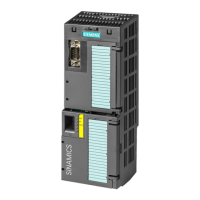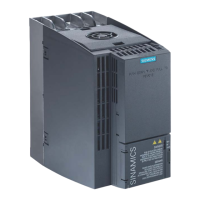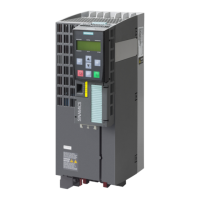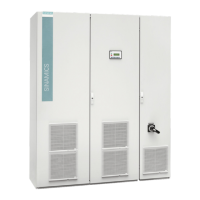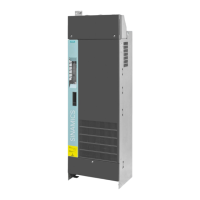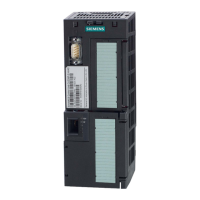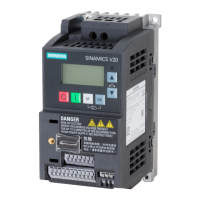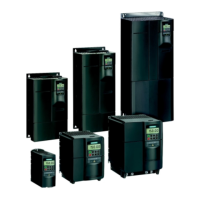6
Fault rectification
larms and faults
52
Siemens AG CM2G5111en
2014-05-16
Number Cause Solution
Motor data. Perform commissioning, if necessary.
Motor connection method (Υ / Δ).
V/f operation, the assignment of the rated currents of the motor and power unit.
Line quality.
The line commutating reactor must be connected properly.
Power cable connections.
Power cables for short-circuit or ground fault
Power cable length
Line phases
If the fault is still present:
V/f operation: Increase the up ramp.
Reduce the load.
Replace the power unit.
F30002 Power unit: DC-link voltage
overvoltage
Increase the ramp-down time (p1121).
Set the rounding times (p1130, p1136).
Activate the DC link voltage controller (p1240, p1280).
Check the line voltage (p0210).
Check the line phases.
F30003 Power unit: DC-link voltage
undervoltage
Check the line voltage (p0210).
Check the line phases.
F30004 Drive overtemperature
Check whether the drive fan is running.
Check the ambient temperature.
Check whether the motor is overloaded.
Reduce the pulse frequency.
F30005 I2t drive overload
Check the rated currents of the motor and Power Module.
Reduce current limit p0640.
When operating with V/f characteristic: Reduce p1341.
F30011 Line phase failure
Check the drive's input fuses.
Check the motor cables.
F30015 Motor cable phase failure
Check the motor cables.
Increase the ramp-up or ramp-down time (p1120).
F30021 Ground fault
Check the power cable connections.
Check the motor.
Check the current transducer.
Check the cables and contacts of the brake connection (a wire might be
broken).
F30022 Power Module: UCE monitoring
Check the Power Module.
Replace the Power Module, if necessary.
F30027 Time monitoring for DC link pre-
charging
Check the supply voltage at the input terminals.
Check the line voltage setting (p0210).
F30035 Overtemperature, intake air
Check whether the fan is running.
Check the fan elements.
Check the ambient temperature.
F30036 Overtemperature, inside area
F30037 Rectifier overtemperature
Check whether the fan is running.
Check the fan elements.
Check the ambient temperature.
Check the motor load.
Check the line phases.
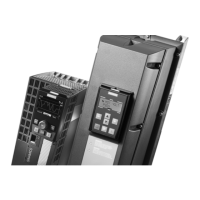
